 Is spirulina safe for kids?
Is spirulina safe for kids?In a word, yes! Spirulina, like many other plant-based super foods, is absolutely safe for kids to eat. As food, spirulina represents a complete vegetarian protein source. When it is sourced safely and administered correc...
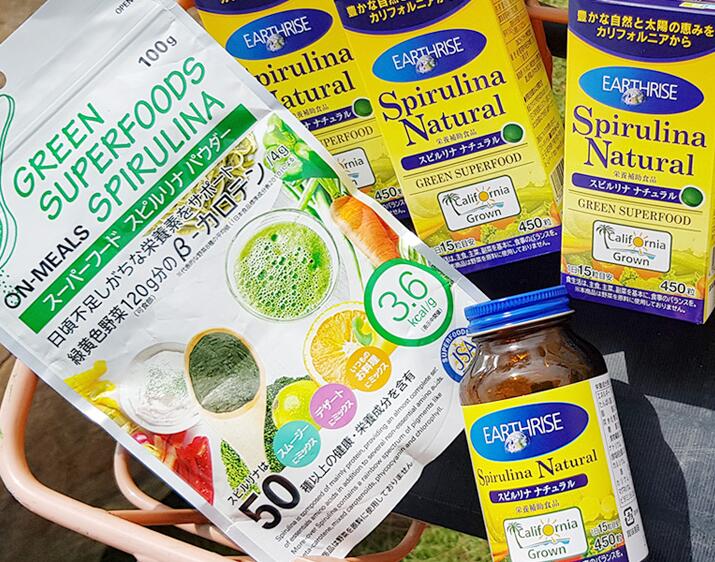 What is Spiulina?
What is Spiulina?Read this guide to understand the health benefits of Spirulina and why this super food is so important to your diet...
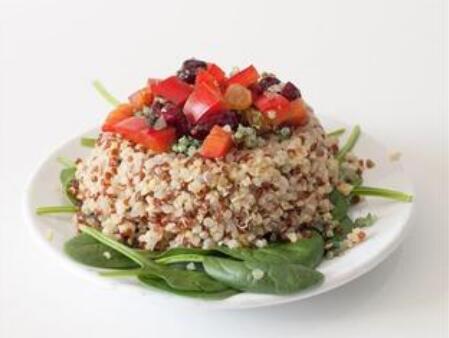 spirulina all in my grains
spirulina all in my grainsIngredients: - 1 cup of your favorite grains blend, cooked (e.g. barley, wild rice and quinoa) - 1 large bell pepper diced (or your favorite raw veggie) - 1/2 cup raisins - 1 TSP Hawaiian Spirulina Pacifica powder - Your favorite spices to taste...
 Spirulina in Nutrition Hall
Spirulina in Nutrition HallAnalysis of Qingbu Pingwei Ganfuzheng Radix Pseudostellariae The protein content of Spirulina platensis ranges from 58.5% to 834%, and the proportion of amino acids is appropriate. Among them, 8 kinds of essential amino acids are close to or exceed the proportion standard recommended by the Food and Agriculture Organization of the United Nations (FAO). The protein digestibility and bioavailabil...
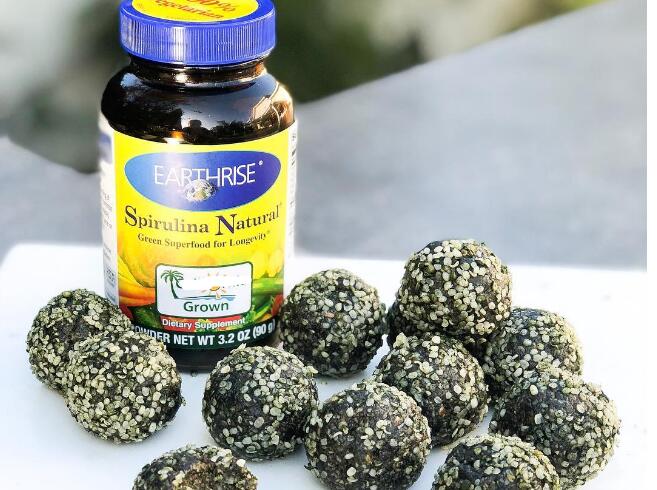 Spirulina lose weight? Correct consumption of spirulina to lose weight
Spirulina lose weight? Correct consumption of spirulina to lose weightSpirulina lose weight? Correct consumption of spirulina to lose weight Many people's way to lose weight is not to eat, or to eat a good meal, this method is not right, not only has no effect, but also has a great harm to the health of the human body. For spirulina diet weight loss methods, the most important thing is safety and health. Spirulina, weight loss is a s...
 Can pregnant women eat spirulina?
Can pregnant women eat spirulina?Spirulina is the best health care product because of its balanced nutrition and comprehensiveness. Can pregnant women eat spirulina? Can pregnant women eat spirulina? Is it good for pregnant women to eat spirulina? What effect does pregnant women eat on spirulina? Can pregnant women eat spirulina? The answer is yes Can pregnant women eat spi...
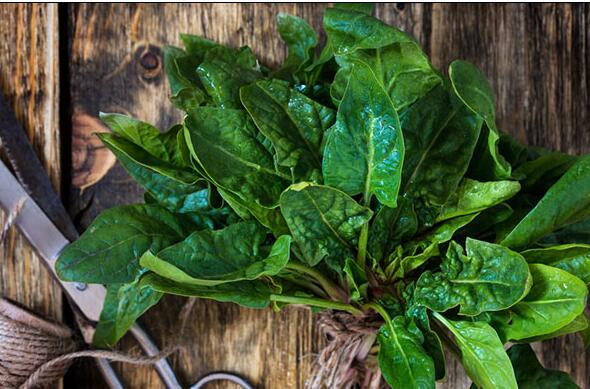 How to eat spirulina? There are many
How to eat spirulina? There are manySpirulina has been used abroad for decades. Spirulina can reduce blood lipids, blood pressure, blood sugar, anti-cancer and anti-radiation. It has hepatitis, cancer, cardiovascular disease, liver cirrhosis, gastrointestinal dysfunction and ulcer disease. The ideal effect. Therefore, spirulina is generally made into nutraceuticals. ...
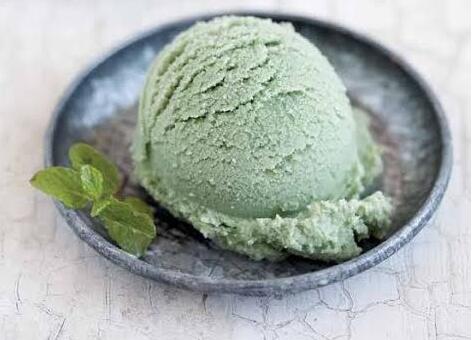 What is the way to eat dry spirulina?
What is the way to eat dry spirulina?Spirulina is a common plant. Spirulina belongs to lower plants. Spirulina often improves our immune function and disease resistance. Therefore, spirulina is very popular among people, but many friends know that Eat more spirulina to play the role of health care, but do not know how to eat dry spirulina, in fact, eating dry spirulina is very particular, we must use the dry spirulina introduced belo...
 Spirulina lose weight, easily get rid of a fat
Spirulina lose weight, easily get rid of a fatSo how can we achieve a healthy and easy weight loss slimming effect? In addition to strengthening exercise and eating high-calorie, high-fat foods, you may wish to try Spirulina. Spirulina How can we achieve a healthy and easy weight loss slimming effect? In addition to strengthening exercise, eating high-calorie, high-fat foods, you may also try to take spirulina. ...
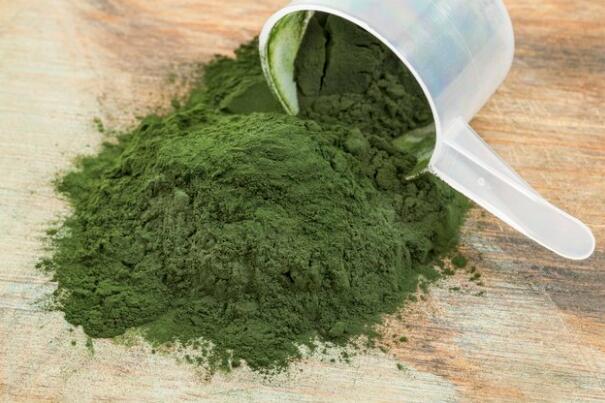 How Much Is the Daily Dosage for Spirulina
How Much Is the Daily Dosage for SpirulinaSpirulina is a nutritious blue-green algae, which exists in supplements and some healthy foods. According to the University of Maryland Medical Center, the typical daily dose of Spirulina is 2,000 to 3,000 mg, usually 500 mg per 4 to 6 copies. The Medical Center reports that even high doses of Spirulina are safe, but if you have phenylketonuria or autoimmune diseases, you should avoid using the al...
 How to eat spirulina? What is the correct way to eat?
How to eat spirulina? What is the correct way to eat?How to eat spirulina? (1) Daily health care When eating spirulina for the purpose of daily health care, it can be taken 2-3 times a day, 2-4 grams each time, half an hour before meals, children are halved, and 7-15 year olds take a three-point adult of two. (2) Treatment of diabetes, high blood pressure...
 Spirulina diet is really effective?
Spirulina diet is really effective?Spirulina diet is the most attractive method. The most attractive thing about spirulina tablets is its weight loss effect. However, the degree of obesity is different. The dosage and method of taking spirulina tablets are different. This is not only related to the effect of taking, but also possible. It is related to our health. 1. For people who are mildly obese: eat 3 grams of spirulina pow...
Sign up to receive exclusive promotions and health recipes via email.

